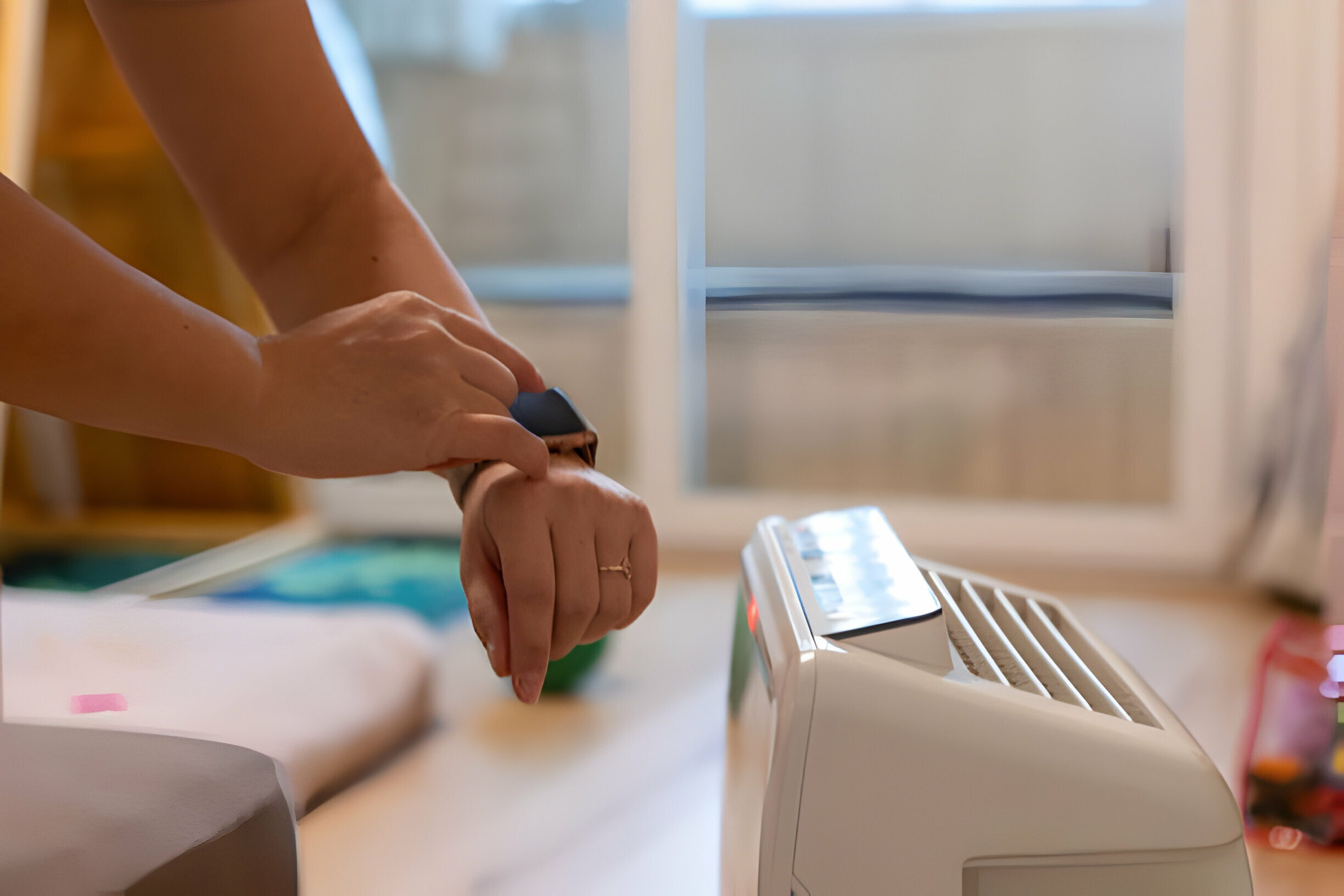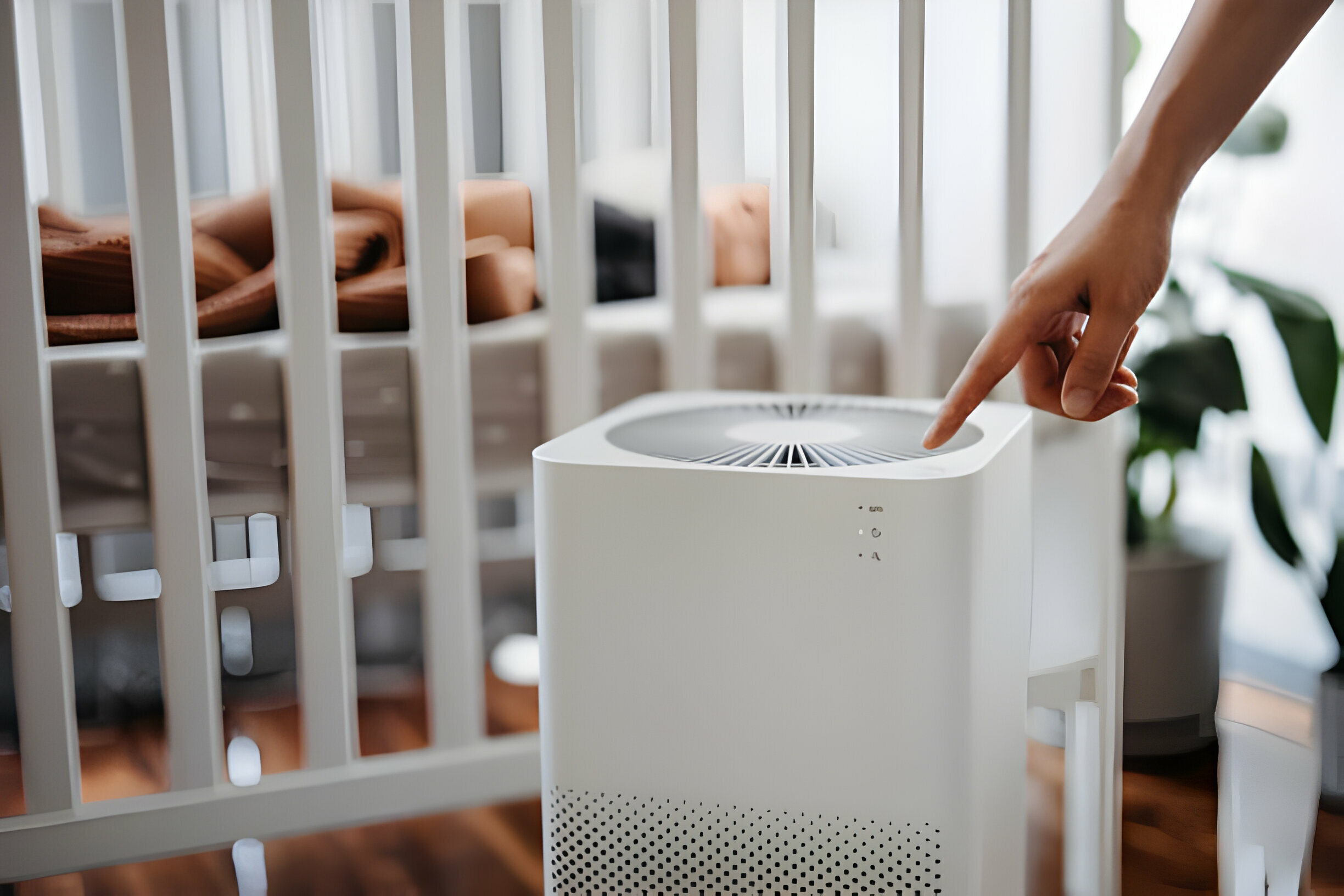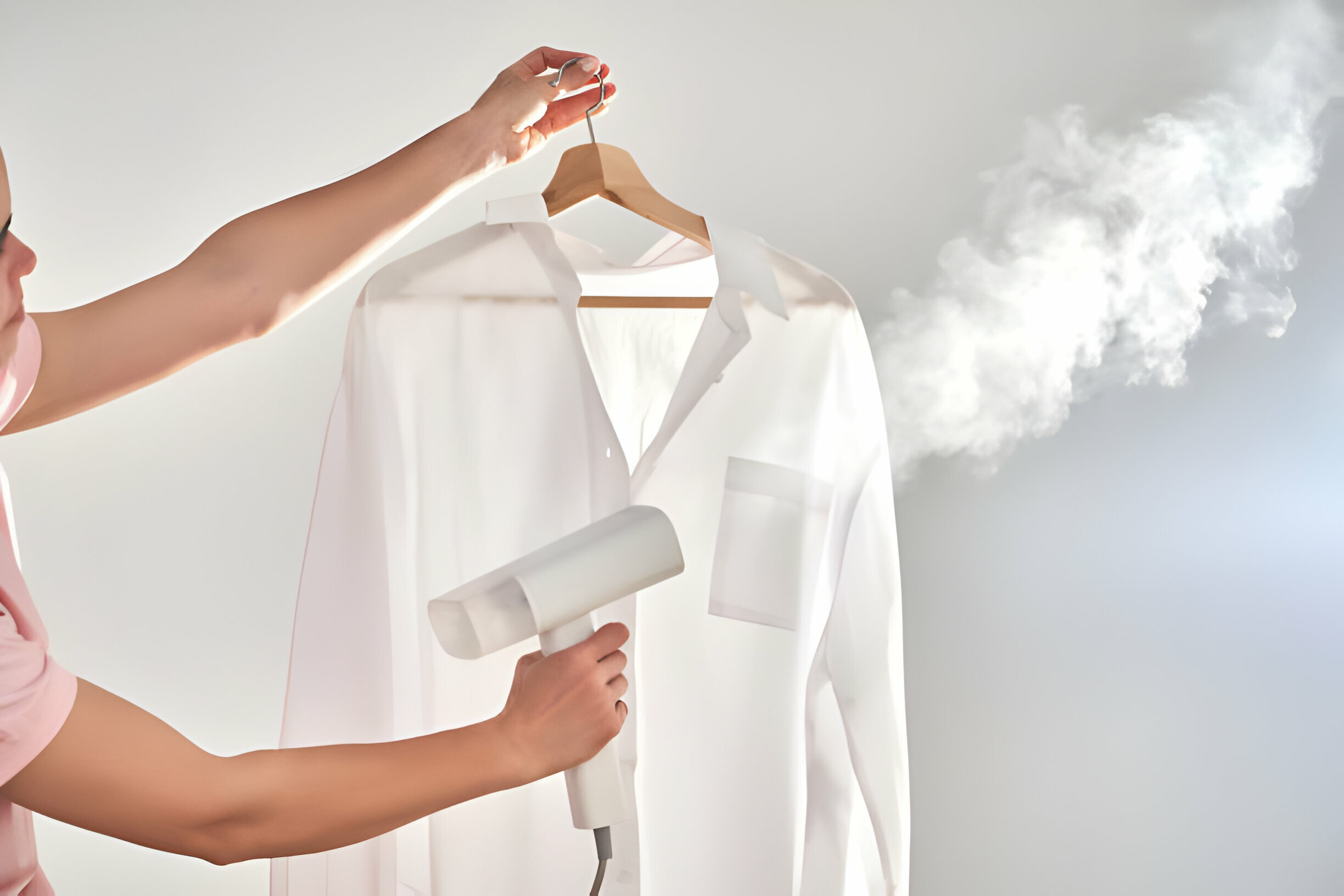What Is An Air Purifier?
An air purifier is a device designed to improve indoor air quality by removing various airborne pollutants, allergens, and particles. These pollutants can include dust, pollen, pet dander, mold spores, smoke particles, volatile organic compounds (VOCs), and more.
Air purifiers typically work by drawing air through a series of filters, where the pollutants are trapped or neutralized. The most common type of filter used in air purifiers is the High-Efficiency Particulate Air (HEPA) filter, which can capture particles as small as 0.3 microns with high efficiency. Other types of filters may include activated carbon filters for trapping odors and chemicals, UV-C light for neutralizing germs and viruses, and ionizers for removing particles from the air by imparting an electrical charge.
Overall, air purifiers are an effective tool for improving indoor air quality, reducing respiratory irritants, and creating a healthier living environment.
Does Air Purifier Cool The Room?
No, air purifiers do not cool the room.
Air purifiers are designed specifically to improve indoor air quality by removing pollutants, allergens, and particles from the air. They work by drawing air through filters or other purification mechanisms, trapping or neutralizing contaminants, and then releasing cleaner air back into the room. However, this process does not involve altering the temperature of the air.
While some users may perceive a cooling effect from air purifiers, especially if they are placed strategically to create airflow, this is not their intended function. Any perceived cooling is typically a result of improved air circulation rather than an actual reduction in temperature.
To cool a room, you would need to use an air conditioner or other cooling device specifically designed for that purpose.
Why Did You Feel an Air Purifier Make the Room Cooler? – 3 Reasons

The perception that an air purifier makes a room cooler can be attributed to several factors:
Enhanced Air Circulation:
- Air purifiers typically have fans or other mechanisms to draw air into the unit for filtration. As the air passes through the purifier, it undergoes filtration and is then expelled back into the room. This process often results in improved air circulation within the room.
- Increased airflow can create a wind-chill effect, where the movement of air over the skin evaporates moisture more quickly, leading to a sensation of cooling. Even though the actual room temperature remains the same, the perceived temperature may feel lower due to this breeze-like sensation.
Removal of Heat-Trapping Particles:
- Airborne particles like dust, pollen, and pet dander can accumulate in the air and on surfaces, acting as insulators that trap heat. By filtering out these particles, air purifiers indirectly help to reduce the amount of heat retained in the room.
- This effect is particularly noticeable in rooms where dust and other particles are prevalent. With fewer particles in the air, there is less material available to absorb and retain heat, contributing to a perceived cooling effect.
Psychological Perception:
- Knowing that the air in the room is being cleaned and purified can have a psychological impact on how occupants perceive the environment.
- Breathing cleaner air can create a sense of freshness and comfort, which may lead individuals to feel more comfortable even if the actual temperature remains unchanged.
- Additionally, the presence of an air purifier may prompt individuals to associate it with a cooler, cleaner environment, reinforcing the perception of lower temperatures.
While an air purifier does not directly cool the room like an air conditioner would, these factors can contribute to the perception that the room is cooler when an air purifier is in use.
How To Cool A Room When You Have An Air Purifier?
When using an air purifier in conjunction with other methods, you can effectively cool a room by following these tips:
- Utilize Fans: Place oscillating fans strategically around the room to improve air circulation. Fans help distribute the purified air more efficiently, creating a breeze effect that can make the room feel cooler.
- Close Windows and Doors: Keep windows and doors closed to prevent warm air from entering the room and to maintain a consistent temperature. This also helps the air purifier work more effectively by limiting the introduction of outdoor pollutants.
- Use Window Treatments: Install blinds, curtains, or shades to block out sunlight during the hottest parts of the day. This reduces solar heat gain and helps keep the room cooler.
- Consider Cross-Ventilation: If the outdoor temperature is cooler than indoors, especially in the evenings, open windows on opposite sides of the room to create cross-ventilation. This can facilitate the exchange of air and help lower the temperature.
- Optimize Air Purifier Placement: Position the air purifier strategically in the room to maximize airflow. Placing it near the center of the room or in areas with poor air circulation can help distribute purified air more effectively.
- Schedule Purifier Usage: Set the air purifier to run during the cooler times of the day, such as early morning or late evening, to help maintain a comfortable temperature while still benefiting from cleaner air.
By combining these strategies with the use of an air purifier, you can create a more comfortable and healthier indoor environment while effectively managing room temperature.
The Difference Between Air Purifiers, Air Conditioners, And Dehumidifiers For Room Cooling
Distinctions between air purifiers, air conditioners, and dehumidifiers for room cooling lie in their primary functions, mechanisms, and effects on indoor environments:
1. Air Purifiers
- Primary Function: Air purifiers are designed to improve indoor air quality by removing airborne pollutants, allergens, and particles from the air.
- Mechanism: They work by drawing air through filters or other purification mechanisms, trapping or neutralizing contaminants, and then releasing cleaner air back into the room.
- Cooling Effect: Air purifiers do not cool the room. Their focus is solely on air quality improvement, and they do not alter temperature or humidity levels.
- Example Scenario: Useful for allergy sufferers or in environments with poor air quality but do not directly affect room temperature.
2. Air Conditioners
- Primary Function: Air conditioners are designed to lower the temperature of indoor air by removing heat and moisture from the environment.
- Mechanism: They use refrigeration cycles to transfer heat from indoor air to the outside, resulting in cooler air being circulated back into the room.
- Cooling Effect: Air conditioners actively lower room temperature and can provide significant cooling in hot and humid climates.
- Additional Features: Some air conditioners also have built-in filters for removing airborne particles, but their primary function remains cooling.
- Example Scenario: Ideal for maintaining a comfortable temperature during hot summer months or in regions with high humidity.
3. Dehumidifiers
- Primary Function: Dehumidifiers are designed to reduce humidity levels in indoor spaces by extracting moisture from the air.
- Mechanism: They use refrigeration or absorption technologies to condense moisture from the air, which is then collected and removed from the unit.
- Cooling Effect: While dehumidifiers may produce a slight cooling effect as a byproduct of removing moisture, their primary function is humidity control rather than temperature reduction.
- Use Case: Dehumidifiers are most effective in environments with excessive moisture levels, such as basements or bathrooms, and are often used in conjunction with air conditioners for overall comfort.
- Example Scenario: Helpful for preventing mold and mildew growth, reducing musty odors, and improving overall indoor comfort in humid conditions.
In summary, while air purifiers focus on improving air quality, air conditioners actively lower room temperature, and dehumidifiers primarily reduce humidity levels. Each appliance serves a distinct purpose in creating a comfortable indoor environment, and their combined use can address various aspects of indoor air comfort and quality.
FAQs
Do Air Purifiers Help Circulate Air?
Yes, air purifiers help circulate air by drawing it in, filtering out pollutants, and then expelling cleaner air back into the room.
Do Air Purifiers Make The Room Hot?
No, air purifiers do not make the room hot. They do not generate heat as part of their operation; instead, they simply draw air in, filter it, and release it back into the room, maintaining the room’s ambient temperature.








